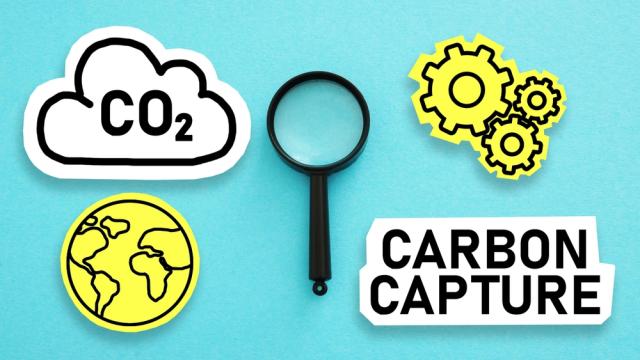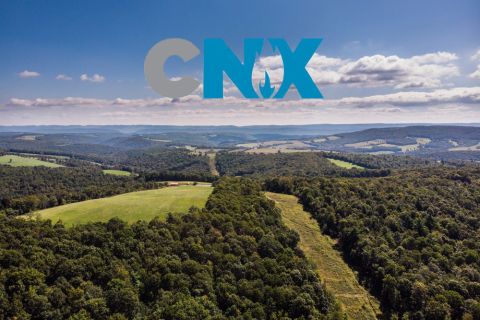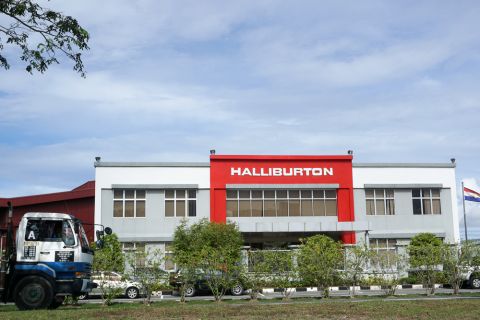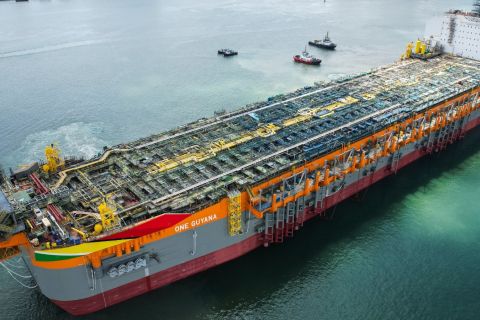
(Source: Shutterstock)
Blue ammonia and hydrogen producer Grannus LLC has partnered with California Resources Corp.’s (CRC) Carbon TerraVault (CTV) Holdings for carbon sequestration as part of a project that could become the largest of its kind in California.
“California’s first blue ammonia fertilizer production facility is expected to further reduce the carbon intensity of California’s agricultural sector while delivering environmentally conscious food to every American’s doorstep,” Grannus CEO Matthew Cox said.
Targeting the agriculture, mobility and marine fuel markets, the Grannus Blue Ammonia and Hydrogen Project aims to produce 150,000 metric tons (mt) of blue ammonia and 10,000 mt of blue hydrogen annually, according to a Jan. 4 news release from CRC.
About 370,000 mt/y of associated CO2 will be permanently sequestered at CTV III in Northern California. The project will be CTV’s first permanent carbon storage project in northern California, CRC said in the release announcing the agreement.
“Our partnership with Grannus begins a new chapter of carbon storage in Northern California and also positions Grannus as one of the leading clean-tech companies in the state by introducing a blue ammonia facility in San Joaquin County with permanent CO2 storage through Carbon TerraVault,” CRC CEO Mac McFarland said.
Hydrogen and carbon sequestration are expected to play key roles in reducing greenhouse gas emissions. With net-zero emissions targets set, many energy companies have stepped up clean energy efforts by pursuing projects focused on cleaner energy sources.
Grannus’ “virtually emissions-free” facility will use a patented process to produce blue hydrogen. The blue hydrogen, as explained in the news release, is combined with nitrogen to produce ammonia for use in nitrogen-based fertilizers. The company has entered a master ammonia sales agreement with CALAMCO, a California-based cooperative and Grannus investor, the company said.
Dates for a final investment decision and the start of commercial operation are being refined, according to the release. Developers expect to begin commercial operations no later than year-end 2027.
Recommended Reading
CNX, Appalachia Peers Defer Completions as NatGas Prices Languish
2024-04-25 - Henry Hub blues: CNX Resources and other Appalachia producers are slashing production and deferring well completions as natural gas spot prices hover near record lows.
Chevron’s Tengiz Oil Field Operations Start Up in Kazakhstan
2024-04-25 - The final phase of Chevron’s project will produce about 260,000 bbl/d.
Rhino Taps Halliburton for Namibia Well Work
2024-04-24 - Halliburton’s deepwater integrated multi-well construction contract for a block in the Orange Basin starts later this year.
Halliburton’s Low-key M&A Strategy Remains Unchanged
2024-04-23 - Halliburton CEO Jeff Miller says expected organic growth generates more shareholder value than following consolidation trends, such as chief rival SLB’s plans to buy ChampionX.
Deepwater Roundup 2024: Americas
2024-04-23 - The final part of Hart Energy E&P’s Deepwater Roundup focuses on projects coming online in the Americas from 2023 until the end of the decade.





